Jul 11, 2025
Author:Sam Wonder
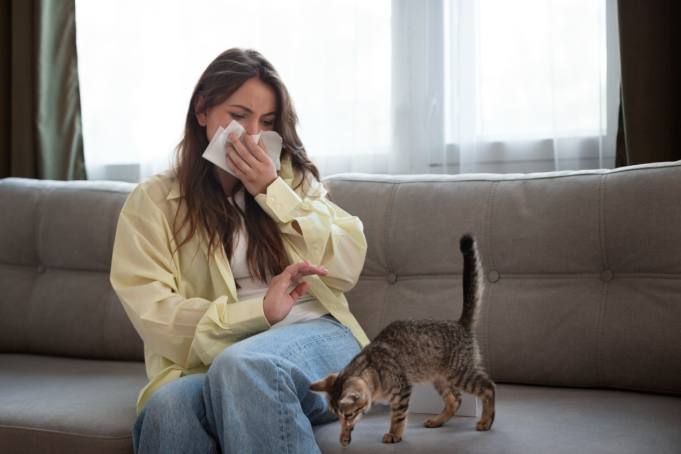
How common is it for the average pet lover to sneeze the moment a cat walks into the room? To answer that, we need clarity on how many people are allergic to cats and why the numbers keep rising. Cat allergies rank among the most frequent animal-related allergies worldwide, often outpacing reactions to dogs or other pets. This article offers a grounded look at the data, the science behind each sniffle, and the practical steps that help millions share space with their favorite feline—without misery.
A cat sheds skin flakes called dander, which carry Fel d 1, a sticky protein that clings to furniture, clothing, and air particles. Once airborne, the protein enters noses and throats, sparking an immune response. Unlike dust or pollen, Fel d 1 binds to small particles that stay suspended for hours. This means exposure continues long after a cat leaves the room. Because Fel d 1 comes from saliva, cats spread it further as they groom. Regular brushing, proper bathing, and a clean home reduce the load but cannot erase it.
Some owners also struggle when litter dust or outdoor pollen hitchhikes on a cat’s coat. That mix makes a simple cuddle session risky. Regular vacuuming and washing fabrics help, yet no method removes the allergen completely. Thus, demand rises for gadgets like automatic cat feeders that limit human-cat contact during mealtimes, or water fountain care tools that cut down messy bowls that trap dander.
Official health surveys estimate that about 10 percent of adults in the United States show a clear immune response to Fel d 1. The figure climbs to nearly 20 percent among children with asthma. Europe posts similar ranges, while parts of Asia report lower but rising numbers. Adding up population totals, researchers believe how many people are allergic to cats falls between 150 million and 200 million globally.
Why the wide band? Survey methods differ. Some rely on skin-prick tests. Others look at self-reported symptoms. Even so, the trend line remains consistent: cat allergies have grown by roughly 5 percent each decade since the late 1980s. Cities with high pet ownership tend to log the sharpest spikes. Public health experts suspect indoor living and closed ventilation systems trap allergens inside tight spaces, leading to repeat exposure.
For context, the same studies place dog allergies at around 5 percent to 8 percent, confirming that Fel d 1 is a stronger trigger than canine allergens. Families who keep both pets under one roof double their odds of sensitization. If you add other triggers—dust mites, mold, and pollen—the immune system endures a constant barrage.
Genetics plays a prime role. If one parent has a confirmed cat allergy, each child carries a 30 percent chance of inheriting it. Two allergic parents push that risk above 50 percent. Early childhood exposure also matters. Evidence suggests that infants who spend their first year with a household cat may build tolerance, yet data stay mixed, and parents should consult their pediatrician.
Another factor is modern living. Homes now rely on central air and tight seals to save energy. That design traps Fel d 1 indoors, making an allergy flare more likely. Frequent visitors, such as friends who bring dander on their clothing, create an invisible allergen pathway. Even short visits raise indoor levels enough to bother sensitive people.
Lifestyle stress may intensify reactions. Research shows that high cortisol levels amplify histamine release, causing stronger symptoms. Therefore, managing stress—sleep, exercise, balanced meals—lowers flare severity. Simple cleaning habits help, too. For instance, learn to remove cat hair from clothing promptly so dander does not linger in the closet.

Adults aged 20 to 40 report the most new diagnoses, though young children can show symptoms early. Men and women suffer at similar rates, but women often voice more severe nasal congestion. Smokers have a tougher time; cigarette smoke damages nasal tissue, making the airway more reactive. Asthma patients face double trouble because Fel d 1 can tighten airways within minutes.
Regional studies reveal higher prence in dense urban zones where small apartments push families into closer quarters with pets. College dorms and rental units that allow cats show higher rates of new wheezing cases each semester. Meanwhile, rural areas with outdoor barns may see fewer symptomatic owners because wind disperses Fel d 1 quickly.
The question how many people are allergic to cats keeps public health agencies , as the answer guides funding for research and allergy education. Data suggest that numbers could rise further as more young adults adopt cats for emotional support and stress relief.
Classic signs include sneezing, runny nose, itchy eyes, and a scratchy throat shortly after entering a cat-friendly room. Skin may break out in hives if a cat licks or scratches. In asthma sufferers, wheezing can start within minutes and may escalate into a full-blown attack. Doctors caution that repeated mild symptoms can worsen over time.
Eye trouble ranks high on the complaint list. Tear ducts swell, leading to blurred vision. Dry eye drops soothe, yet they never solve the root cause. Nasal congestion may last for hours because Fel d 1 particles cling to mucous membranes. Quick showers and clean clothes help wash away dander after visits.
If swelling turns to shortness of breath, seek medical aid at once. Untreated reactions can move from mild rhinitis to chronic sinusitis or persistent asthma. Knowing how many people are allergic to cats in your family history guides early testing and faster relief.
Two main tests exist. Skin-prick testing places tiny Fel d 1 drops under the skin. If redness appears within 15 minutes, the result is positive. Blood tests look for IgE antibodies specific to cats. These tests appeal to people who take antihistamines daily and cannot stop medication for a skin test.
Doctors also perform nasal provocation assessments. A patient inhales a controlled dose of Fel d 1 to observe airway response. Because the test can spark strong symptoms, it takes place under medical supervision. Once confirmed, a care plan begins.
First-line relief starts with antihistamines and nasal sprays. These drugs block histamine release, shrinking swollen membranes. When pills lose power, allergists prescribe immunotherapy. Small doses of Fel d 1 enter the body by injection or tablet form over three to five years. Success rates hover between 60 percent and 80 percent, offering a long-term decline in symptoms.
New biologic drugs target IgE or interleukins involved in allergy pathways. They cost more but help severe cases when other methods fail. While on medication, owners can reduce exposure by vacuuming daily, washing bedding in hot water, and placing air purifiers near litter boxes.
Cats benefit, too. An allergen-reducing diet may lower Fel d 1 levels in saliva, easing the overall allergen load. Good grooming habits, including regular brushings that cut down loose fur, also help. Owners should learn ways to keep cats healthy because healthy skin sheds less dander.
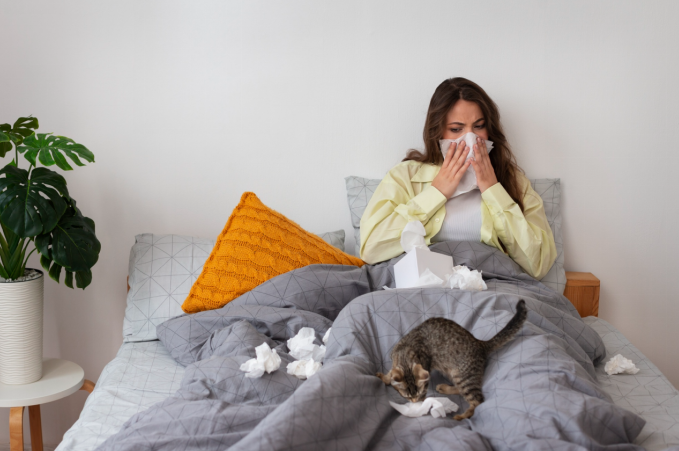
Giving up a beloved pet is rarely the first choice. Many people manage conditions with a strict cleaning schedule and strategic room layout. Keep bedrooms cat-free. Use mattress covers that block allergens. Wash curtains often. Place a high-efficiency filter in the bedroom and another in the living room. This two-zone approach slashes Fel d 1 circulation.
Consider practical devices. Owners install automatic cat feeders to reduce handling at dawn and dusk when allergens peak. They set up water fountain care tools that prevent dander buildup around bowls. Some switch to canned diets to lower kibble dust that mixes with dander.
Trips matter, too. If you must drive with a cat, plan ahead and review tips on travel with your cat to avoid cramped air in the vehicle. On arrival, change clothes and wipe down the carrier.
Cat hygiene is key. Bathing a cat every six weeks with vet-approved shampoo can drop Fel d 1 levels by up to half. Use gloves or ask a non-allergic friend to help. Regular nail trims cut down accidental scratches that transfer saliva. Keep a lint roller near the couch so visitors can sweep away stray fur.
For litter boxes, choose low-dust litter. Place the box in a well-ventilated corner away from main pathways. Allergic owners often wear masks during scooping. Afterward, wash hands and face to remove residue.
By following these steps, many families learn how many people are allergic to cats in their home yet still share meaningful bonds with their pets.
Some breeders market Siberian, Balinese, or Devon Rex cats as safer because they allegedly produce less Fel d 1. While certain breeds may shed less, studies show no breed is 100 percent free of the protein. All cats groom and spread saliva, so allergen levels may vary, but never drop to zero.
Coat color myths also circulate. People claim lighter fur produces weaker reactions. No evidence backs that. Instead, lower Fel d 1 output depends on genetics, neutering status, and individual biology. Interestingly, when owners seek black cat breeds, they often focus on appearance and forget that color does not change allergen potency.
Some people want kittens because they assume young cats trigger milder symptoms. In truth, kittens may appear less reactive because they produce smaller saliva volumes, but levels rise quickly as they grow.
Before adoption, spend at least an hour handling the planned pet. Monitor for sneezing or wheezing. Ask breeders for Fel d 1 test data if available. Always have an exit plan to rehome responsibly if reactions exceed control.
Start with strong grooming routines. Brush outdoors to let wind carry away dander. Change clothes afterward and store them separately. Use vacuums with HEPA filters. Wash cushion covers weekly. Opt for leather furniture that wipes clean and does not trap fur.
Sterilization limits male hormone swings that increase Fel d 1 in saliva. Learn about cat sterilization as an added step. If fur still bothers you, teach your cat to enjoy baths. Many owners give quick rinses to strip loose dander.
Monitor health problems that worsen shedding. If a cat starts pooping on the bed, check for stress or digestive issues, as illness can raise dander through skin inflammation. Likewise, keep watch for fleas because bites irritate skin and spur more scratching.
Hydration improves coat quality. Proper fountain use encourages drinking, so practice water fountain care and monitor daily intake. Clean fountains weekly to prevent mold, which also sparks allergy reactions.
Learn floor care. Wood or tile collects less fur than thick carpet. Use damp mops that trap dust. Place doormats to capture particles from shoes. If allergies still flare, consider professional cleaners.
Finally, weigh the value of rehoming items that trap allergens, such as heavy drapes. Replace them with blinds. Small changes compound, making each day easier for an allergic owner. People who master these habits often forget they once asked how many people are allergic to cats, focusing instead on how well they coexist.
Scientists strive to engineer a cat that produces less Fel d 1. Gene-editing tools such as CRISPR show promise, yet ethical and safety hurdles remain. Drug makers test monoclonal antibodies that bind Fel d 1 before it enters human airways. Early trials look hopeful, but costs stay high.
Vaccines for cats offer another route. One prototype trains a cat’s immune system to neutralize Fel d 1, cutting allergen levels in fur and saliva. Pet trials run in Europe, and if approved, the shot could reduce household exposure by up to 50 percent.
Research also probes probiotic sprays for carpets and furniture. Beneficial microbes digest Fel d 1 on contact. Pilot studies reveal quick allergen drops with weekly application. Wider tests will confirm real-world durability.
Meanwhile, digital solutions help track flare days. Apps log peak symptom times, aligning with pollen or humidity levels. Owners receive cleaning reminders, filter change s, and tips on grooming. Data analytics may one day predict personal risk with weather forecasts.
Knowing how many people are allergic to cats drives funding for all these projects, showing policymakers that investment brings wide public benefit.
Numbers alone do not tell the full story, but they guide awareness. Experts estimate that between 150 million and 200 million people. As pet ownership grows, how many people are allergic to cats could climb higher. Active strategies—testing, treatment, and thorough cleaning—let most owners keep their cherished companions.
No single fix suits everyone, yet consistent routines cut symptoms to manageable levels. By staying informed and proactive, you can breathe easier, respect your immune system, and still enjoy the calming presence of a purring friend.
Label:
Popular Post

What to Feed a Sick Dog With No Appetite? [2025 Guide]
May 16, 2023
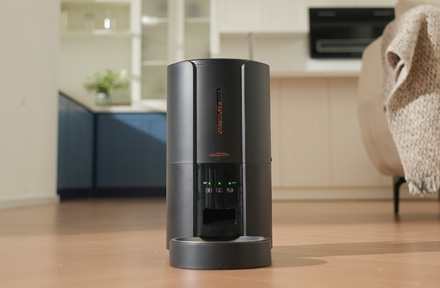
Troubleshooting Common Issues with Automatic Pet Feeders: Tips & Tricks for Pet Owners
Oct 26, 2023
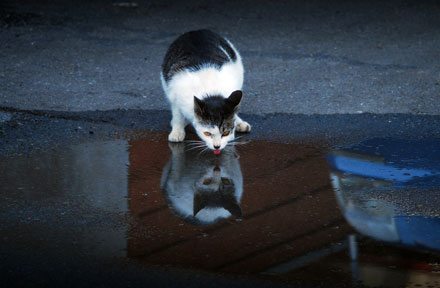
Why Does My Cat Cough After Drinking Water? 8 Potential Reasons
Mar 13, 2023
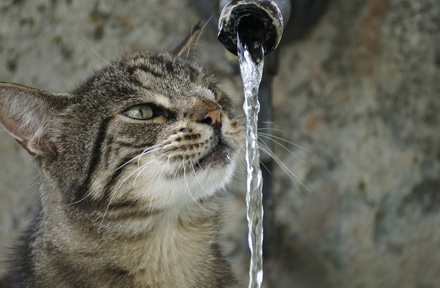
Why is My Cat Throwing up Water? Top 5 Causes Here
Feb 08, 2023
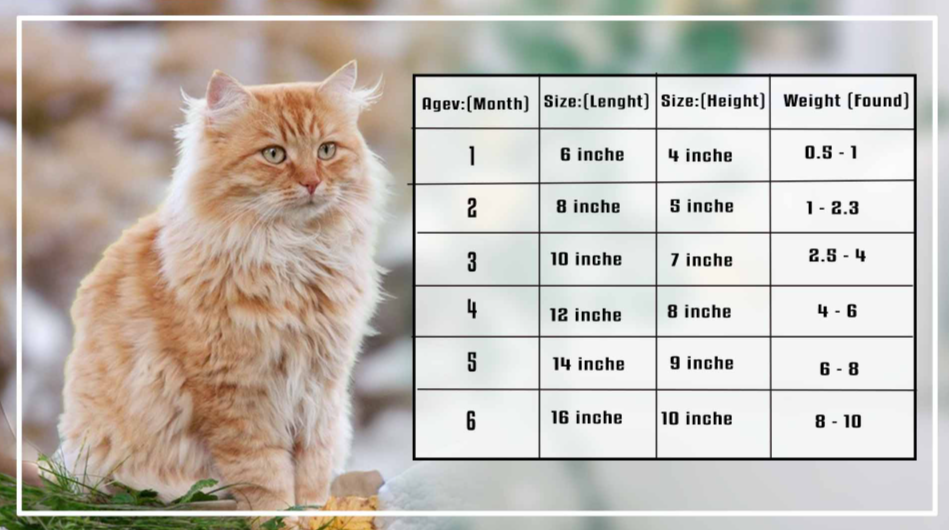
What is a standard Cat Weight chart by age Kg?
Mar 19, 2025
$99.99
$129.99
Copyright © 2025 WOPET. All Rights Reserved.